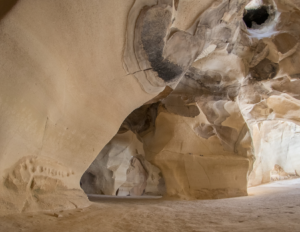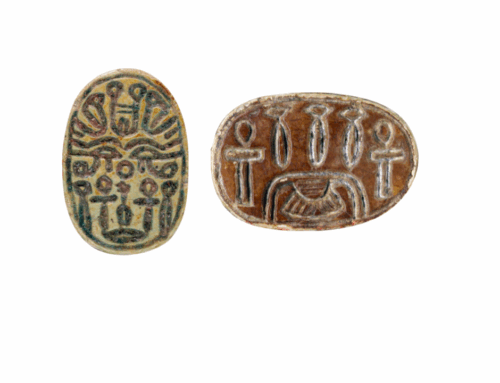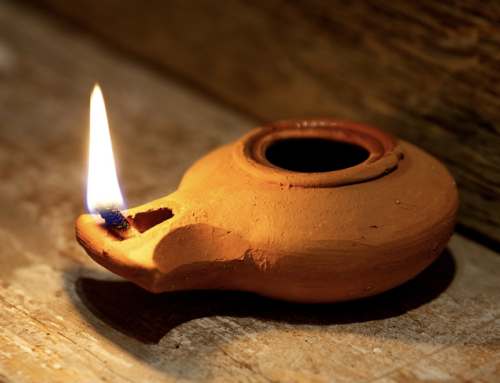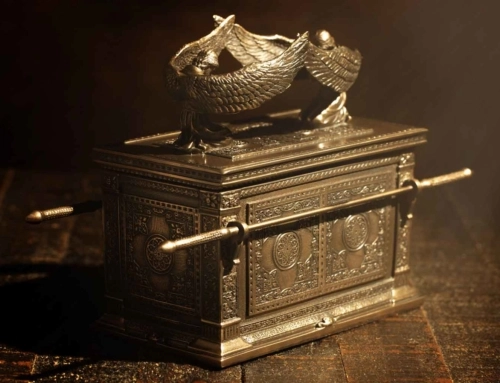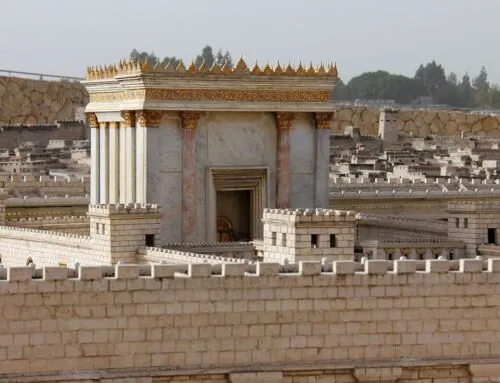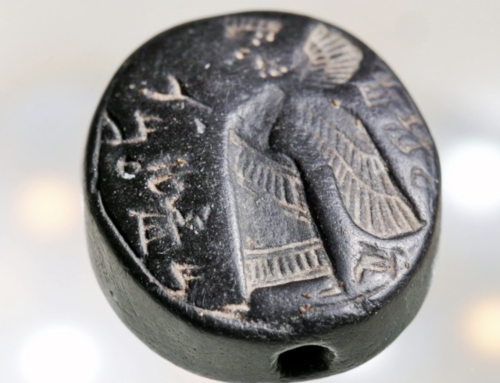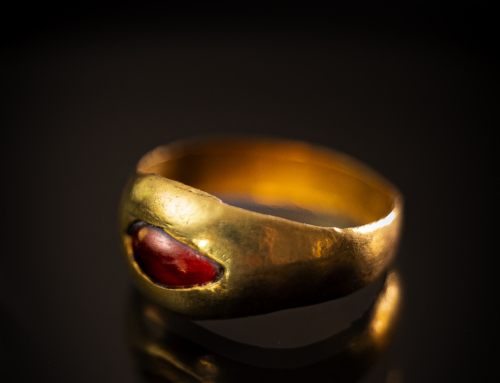Israel is a land steeped in history, where ancient ruins and archaeological treasures abound. One such gem is Beit Guvrin, “the land of a thousand caves”, a captivating destination that offers visitors a fascinating glimpse into the past. It is also a UNESCO World Heritage site!
Located in the heart of Israel, Beit Guvrin boasts a rich tapestry of historical, archaeological, and biblical significance. In this blog post, we will explore the wonders of Beit Guvrin and its captivating heritage.
Beit Guvrin National Park includes the remains of the First Temple period city of Maresha and Bayt Jibrin in the Roman era and holds a significant place in the annals of history. The region has been inhabited for thousands of years. The city flourished during the Hellenistic and Roman periods, serving as an important junction along ancient trade routes. Throughout its history, Beit Guvrin witnessed the rise and fall of empires; from biblical times, through the Roman and Arab conquests, to the Byzantine Era – leaving behind a remarkable archaeological legacy for us to discover. Some sources from the Byzantine period state that both Christian and Jewish people were living in the city.
Biblical Significance
Beit Guvrin also holds biblical significance and is mentioned in the Old Testament. In the Book of Joshua 15:44, the city is referred to as Mareshah and is listed among the cities that Rehoboam, the fourth monarch of the Kingdom of Judah after the split of the united Kingdom of Israel, fortified to defend his kingdom. It later was destroyed by Egyptian attacks and fortified again by the Judean King Asa.
During the Byzantine period, Beit Guvrin also became a Christian center and a number of churches were built there, including the well-preserved Church of St. Anne. The church was later rebuilt by the Crusaders in the 12th century. Exploring Beit Guvrin today allows us to connect with the biblical narrative and gain a deeper understanding of the ancient civilizations that shaped the Holy Land. The convergence of historical, archaeological, and biblical significance makes Beit Guvrin an exceptional destination for those seeking to uncover Israel’s multifaceted past.
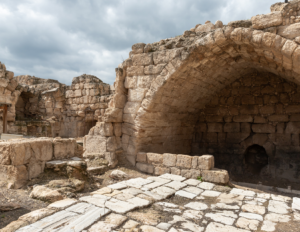
Maresha Ruins
Archaeological Marvels
Beit Guvrin is an archaeological wonderland, captivating enthusiasts with above-the-ground structures and its extensive network of subterranean caves and underground complexes (about 3,500 underground chambers!). These caves, carved out of the soft limestone, served various purposes throughout history, including places of religious worship, baths, dwellings, storerooms, burial sites, Roman amphitheater, and even columbaria or dovecotes. The most striking feature of Beit Guvrin’s underground world is the 800 bell-shaped caves known as the bell caves.
The Archaeological Park of Beit Guvrin-Maresha offers visitors the opportunity to explore these mesmerizing caves and delve into the intricate maze of tunnels. The park provides insights into the daily life and practices of the ancient inhabitants. One can marvel at the well-preserved mosaic floors, ancient burial chambers, and underground cisterns that paint a vivid picture of the past.
Bell Caves
Beit Guvrin stands as a testament to the rich history, remarkable archaeology, and biblical traces that define Israel’s cultural heritage. This destination provides a captivating window into the lives of ancient civilizations, offering an immersive experience for history enthusiasts, archaeology buffs, and believers alike. Whether wandering through the maze of underground caves, exploring the well-preserved ruins, or contemplating the biblical narratives, a visit to Beit Guvrin is sure to leave a lasting impression. So, come join us on a journey through time as Beit Guvrin unveils its heritage and archaeological wonders from a bygone era.


